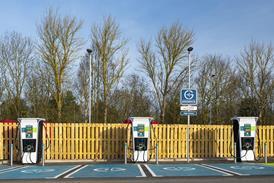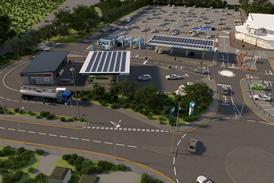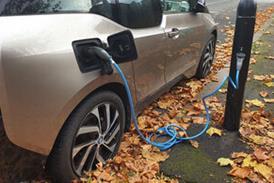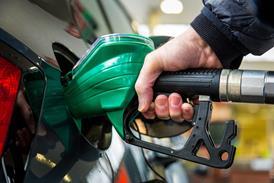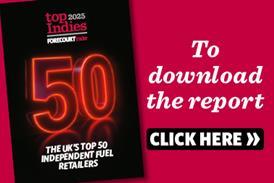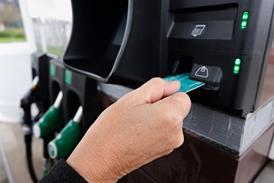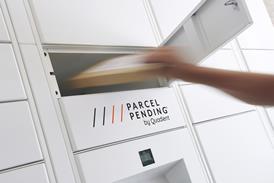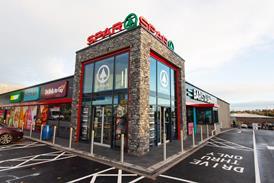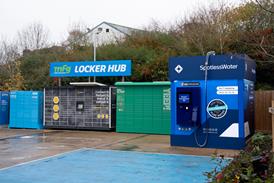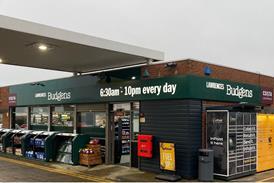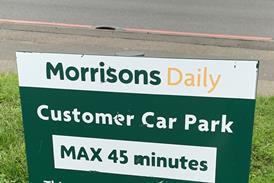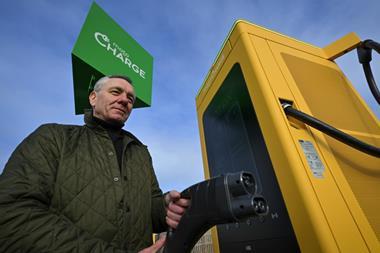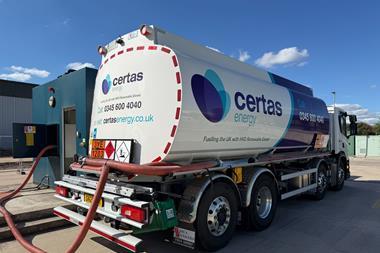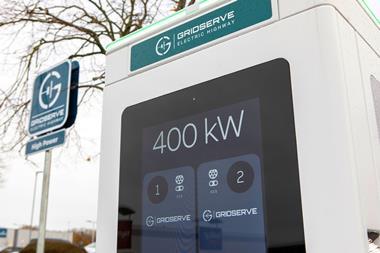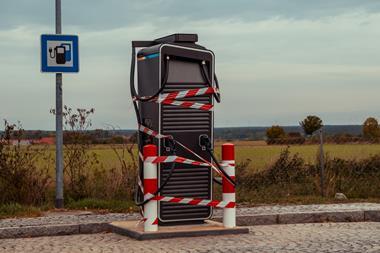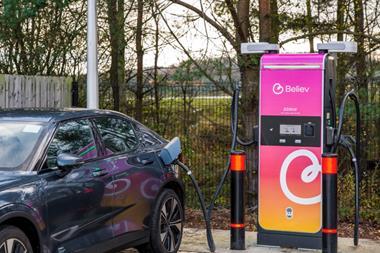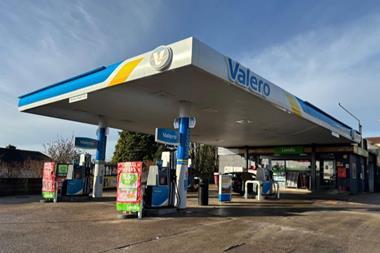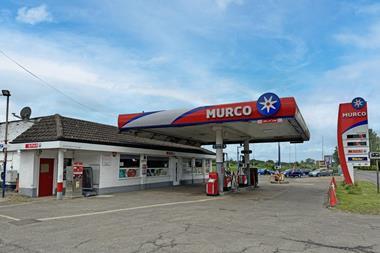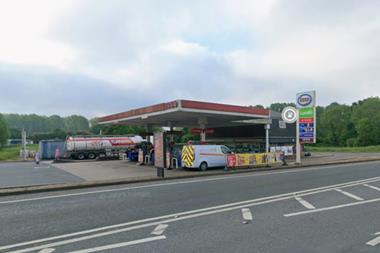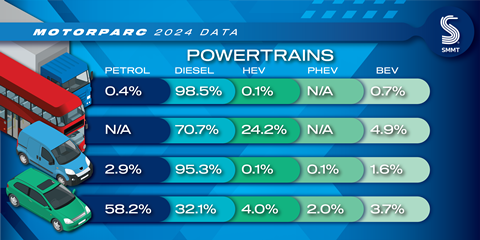
Figures from the Society of Motor Manufacturers and Traders have revealed there are now 1.3 million electric cars on UK roads, though behind the headlines 96.3% of our 36.2m cars need to fill up with petrol and diesel.
Nonetheless, the number of EVs grew by 38.9% last year, and the SMMT says the 381,970 electric cars that brought about that swing reduced carbon-dioxide emissions for the UK’s car fleet by 1.6%.
With cars and vans responsible for 20% of overall UK CO2 emissions, that’s a national reduction of 0.32%. And with the UK producing 1% of global CO2 emissions, 318,970 new electric cars taking to the road reduced overall CO2 emissions by 0.0032%.
For context, the circa 35 million tonnes of CO2 produced each year by the gas-fired Surgut-2 power station in Russia represent roughly 0.1% of world CO2 emissions. As CO2 is a global issue, it would take 30 years of UK EV sales at last year’s rate to offset one year’s CO2 emissions from a single power plant.
Away from such granularity, the 21m petrol cars on the road make up 58.2% of the national ‘parc’, while, despite declining sales, diesels still represent 32.1%. Hybrids, both plug-in and conventional, mop up the remaining 6%, making these cars almost twice as popular than EVs.
The total number of vans, meanwhile, now stands at 5.1m, up one million in the last decade. HGV and bus numbers remain largely static, though, at 625,509 and 71,718 respectively. Some 4.9% of buses, 1.6% of vans and 0.7% of HGVs are zero-emission.
The average age of cars in the UK reached an all-time high of 9.5 years in 2024, up 1.5 years on five years ago, with rising new-car prices thought to be partly behind the ageing vehicle population.
Mike Hawes, chief executive of the SMMT, said: “Britain’s vehicle parc is growing, providing essential mobility for the nation while reducing its environmental impact.” Hawes added that “there is scope to push environmental improvements much faster”, and that “drivers need more incentives and greater confidence in infrastructure investment if we are to replace the high volumes of older high-emission cars with zero-emission alternatives.”

